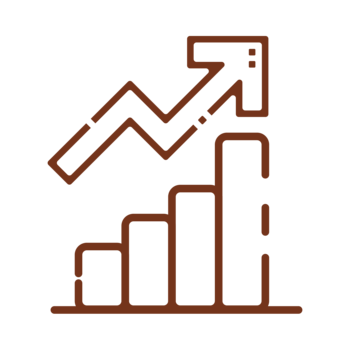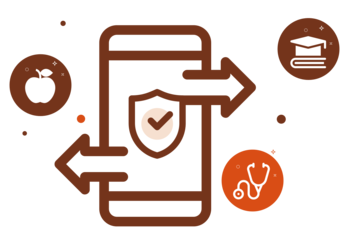Context
Particularly in rural areas of Cameroon, women benefit too little from digitalisation, and their economic activities are restricted because of their gender. They lack access to basic knowledge about how they can develop, expand and secure their businesses with digital innovations.
A lack of digital inclusion measures means that women, especially in rural areas, are at risk of seeing their business profits decline. Access to the labour market can become more difficult for them, which increases the risk of internal migration. In addition, there is a risk that women will become dependent on men in the course of digital transformation, as men control access to important resources and networks as decision-makers and intermediaries.
Objective
Women micro-entrepreneurs in the unregistered economy who live in rural areas of the Ouest region can better harness economic opportunities.


